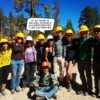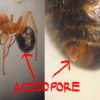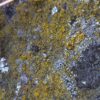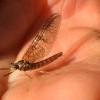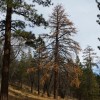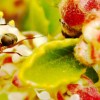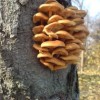Monarch butterflies are amazing insects; they can change from caterpillar to beautiful winged creatures! What you may not know is they perform a second and equally amazing feat… Monarch butterflies perform a four generation long trek that can total anywhere from 1,200 to 3,000 miles! 1 2 The monarch is the only known butterfly to […]
